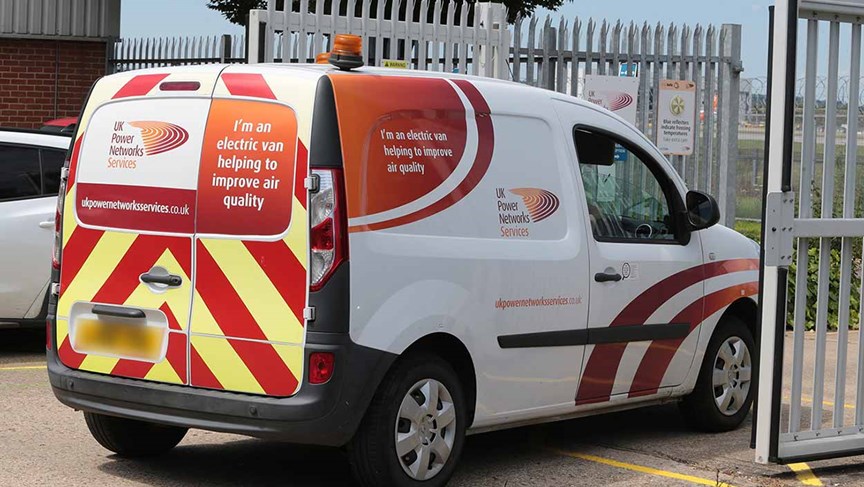Insight
Views from the International Maritime Hub at COP26: Global need for ports to put innovative net zero solutions into action

Ports sector lead Sagnik Murthy attended the International Maritime Hub at COP26 to hear from port operators from around the world and the critical role they play both as a facilitator of global trade and as a leader in the decarbonisation of transport. As a sector that’s particularly vulnerable to climate change, Sagnik shares just some of the solutions that could put ports on the foot front of the energy transition and achieving net zero.
Climate change impacts us in different ways and poses an existential threat to our way of living if we do nothing about it. Hearing speakers at the International Maritime Hub at COP26 from ports, harbours and pilotage across the world including Maryland Department of Transport, Port of San Diego, PEEL Ports and ports in Argentina, Canada and South Africa the key message I took away was that ports infrastructure is critical to the global economy and is particularly vulnerable to climate risk.
It was edifying to learn how these various organisations are responding to the challenges of rising sea levels, drought conditions, increased frequency of poor weather, rising temperatures and new propulsion systems. It was heartening to hear about the strategies that are providing solutions to the challenge.
One of the most consistent themes is the need for innovation and upgrading if ports are to meet net zero goals. One area for improvement is to install electrical microgrids and clean emergency power generation solutions to maintain reliable operations while developing a secure electricity supply that’s smart and responsive to new technologies such as solar PV and electric vehicle charging infrastructure.
Ports across the world are also grappling with deficiencies such as lack of intermodal rail connectivity, a key driver to reducing emissions associated with road freight. We are seeing progress in this area with the ports of Southampton and London Gateway both now capable of handling 775-metre intermodal container trains, saving Port of Southampton over four million road miles and 9,5000 tonnes of carbon emission per year1.
We know the energy transition won’t happen overnight but we can make effective change now by enhancing maintenance regimes of assets at ports to increase resilience and boost efficiency.
The global nature of ports and the events of the past 18 months have brought into sharp focus the need to develop bio-security plans to reduce the transfer and spread of invasive non-native species between geographical regions. As the effects of climate change are being felt, leading to more frequent extreme weather events, port authorities are harnessing new technology for better weather forecasting and navigational aids.
There’s a lot to do still and every port and harbour organisation and supply chain participant can learn from each other to develop and implement solutions as we strive to provide an environmentally sustainable legacy for future generations.
Sagnik Murthy, Sector Lead - Ports
1 Deep water ports welcome longer freight trains - Rail Insider, June 2021




